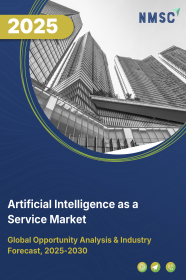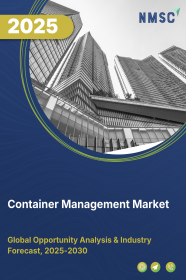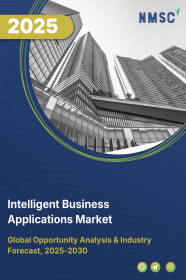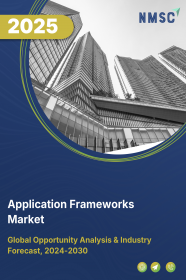
Application Frameworks Market by Deployment Type (On-Premises and Cloud-Based), by Organisation Size (Small and Medium-Sized Businesses (SMBs) and Large Enterprises), by Application (Web-Based Frameworks, Mobile-Based Frameworks, and Desktop-Based Frameworks), and by End-User (Retail and E-commerce, Healthcare, Banking, Financial Services, and Insurance (BFSI), IT and Telecommunication, and Others) – Global Opportunity Analysis and Industry Forecast 2025-2030
US Tariff Impact on Application Frameworks Market
Trump Tariffs Are Reshaping Global Business
Application Frameworks Market Overview
The global Application Frameworks Market size was valued at USD XYZ billion in 2024 and is predicted to reach USD XYZ billion by 2030 with a CAGR of XYZ% from 2025-2030.
The application framework market is driven by rising adoption of cloud computing services, growing adoption of smartphones and rising advancements in technologies. High initial investment costs associated with the adoption of these technologies however are emerging as growth inhibiting factors in the market. Market leaders including React, Amazon Web Services, Inc. and Red Hat, Inc. are also focusing on innovation and strategic collaborations to lead the market. Apart from that the increasing demand for faster application development are one of the best future prospects for the market.
Rising Adoption of Cloud Computing Drives Application Frameworks Market Growth
The rising adoption of cloud computing drives the market growth as cloud-based frameworks provide scalability, flexibility and cost efficiency. These frameworks enable business to deploy, manage and scale applications more effectively. According to a latest report published by the Gartner, the overall spending on public cloud services is expected to grow by 20.4% a total of USD 678.8 billion in 2024 up from USD 563.6 billion in 2023. Thus, the adoption of cloud-based services by organisations increases the demand for cloud-based frameworks as it eases the work of application developers, thereby driving the growth.
Growing Adoption of Smartphones Fuels the Application Frameworks Market Demand
The increasing use of smartphones propels the market to grow as business and consumers both depend on smart mobile phones for different purposes. These creates the demand for frameworks that supports mobile application development by optimizing performance and user experience. According to a GSMA report as of 2023, around 4.3 billion of the global population owns a smartphone in 2023. This surge in smartphone usage feels the need for innovate frameworks that delivers efficient, strong and scalable mobile applications thereby significantly driving the markets growth.
Increasing Technological Advancements Accelerates the Market’s Growth
The rising advancements in technologies drives the growth of the market as innovations such as artificial intelligence and internet of things creates new opportunities. These opportunities enhance the functionality, increases efficiency, improves user experiences and provides better integration capabilities. For instance, in July 2024 OpenSilver launched its AI powered UI designer the OpenSilver 3.0. This platform is designed to support the development of .NET web applications across various platforms including Windows, Android, Mac, Google Chrome, Firefox and Safari. It also helps users to generate complex UIs and make modifications using natural language commands. Subsequently such increase in technological advancements drives innovation in application development platforms to provide enhanced tools and capabilities further propels the growth of the market.
High Initial Investment Hinders the Market Growth
High initial investment requirements significantly hinder market growth, particularly for small and medium enterprises. These companies typically encounter significant initial expenses when implementing new technologies that encompass costs for hardware, software and essential training. The cost of these investments discourages small and medium enterprises from seeking technological progress as they generally function with stricter budgets and fewer resources.
Increasing Demand for Faster Application Development is Expected to Create Ample Future Opportunities
The increasing demand for faster application development presents a significant opportunity for the growth of the application frameworks market particularly through the rise of low code and no code platforms. These platforms enable non-technical users to build applications with minimal coding knowledge streamlining development processes and reducing the dependency on traditional software developers. A recent Gartner survey predicts that by 2024, over 65% of application development globally will involve low-code/no-code (LCNC) platforms, that are expected to experience a significant 165% growth rate every two years. Therefore, the implementation of such platforms in companies that are looking to speed up digital transformation and enhance product release speed is anticipated to fuel a massive growth in the market.
Market Segmentation and Scope of Study
The application frameworks market report is segmented by deployment type, organisation size, application, end user, and region. On the basis of deployment type, it is divided into on-premise and cloud-based. On the basis of organisation size, the market is segmented into small and medium-sized businesses (SMBs) and large enterprises. On the basis of applications, the market is categorized into web-based frameworks, mobile-based frameworks, and desktop-based frameworks. On the basis of end users, the market is segmented into retail and e-commerce, healthcare, banking, financial services, and insurance (BFSI), IT and telecommunication, and others. Regional breakdown and analysis of each of the aforesaid segments includes regions comprising of North America, Europe, Asia-Pacific, and RoW.
Geographical Analysis
North America accounts for the dominant share of application frameworks industry and is anticipated to dominate during the forecast period as well. This is due to the prevalent usage of cloud services by enterprises that generates a strong demand for cloud native development-oriented frameworks. Based on a recent report issued by the National Center for Science and Engineering Statistics (NCSES), in the U.S. about 19.5% of all businesses utilize cloud computing services that is much greater compared to the uptake of other technologies in 2023. Therefore, there is more demand for software frameworks as they provide support for serverless architecture and microservices in order to fulfill the changing needs of companies and these speeds up the expansion of the application frameworks market share.
Moreover, rapid digital transformation by organizations across various sectors to boost operational efficiency, enhance customer experience and foster innovation is further driving the market’s growth. Software development frameworks provide the necessary tools and features to support agile methodologies allowing organizations to respond swiftly to market changes and customer demands. According to a report published by Hosting Canada approximately 90% of Canadian companies are preparing to adopt some form of digital transformation in 2023. Therefore, the increased emphasis on digital transformation propels the need for adaptable and effective software frameworks in line with their pivotal position in the continuous shift in business practices across the region.
Conversely the Asia-Pacific region is projected to experience consistent growth in the application frameworks sector due to the rising use of smartphones and the increasing need for mobile apps that offer improved user experiences and capabilities. This trend compels developers to seek out robust software frameworks that facilitate efficient and rapid development of mobile apps. The latest report from GSMA reveals that by the end of 2023 approximately 1.8 billion people in the Asia-Pacific region representing 63% of the population subscribed to a mobile service. Thus, such frameworks allow businesses to develop new and user-centric applications that align with the lifestyle and requirements of mobile users hence driving the entire growth of the market.
Also, rapid emergence and popularity of advanced technologies such as artificial intelligence, machine learning and the internet of things are building an ever increasing demand for application frameworks that drives the market growth. For example, in September of 2024 China's National Technical Committee 260 on Cybersecurity published its AI Safety Governance Framework intended for alignment with the Global AI Governance Initiative. Within this framework artificial intelligence is viewed as a transformative element that presents both risks and opportunities necessitating a "people centered approach" to encourage responsible development. Consequently, these changes indicate progress in artificial intelligence and associated technologies that are revolutionizing businesses and increasing the demand for software frameworks that support ethical, scalable and innovative solutions further driving market expansion.
Competitive Landscape
Various market players operating in the application frameworks industry include Flutter (Google), ASP.NET (Microsoft), React, Amazon Web Services, Inc., JBoss Enterprise Application Platform (Red Hat), Ruby on Rails, Django, Kotlin (JetBrains), Laravel, and Express.js, jQuery Mobile, Yii PHP Framework, Angular, Ruby on Rails, Spring Framework, and others. These market players are opting various strategies including product launches, to maintain their dominance in the market.
For example, in July 2024, ASP.NET introduced a variety of features and improvements in its .NET 8 to enhance the application development experience. Key update includes enhancements to Blazor for better server-side rendering and client-side routing, improved JSON serialization with System.Text.Json and support the asynchronous resource cleanup through the IAsyncDisposable interface.
For instance, in May 2024 Flutter introduces a range of enhancements and features in its Flutter 3.22 aimed at improving the application development experience. The key updates include the resolution of firebase integration issues, minimal breaking changes and the reintroduction of dynamic view sizing.
Key Benefits
-
The report provides quantitative analysis and estimations of the application frameworks industry from 2025 to 2030, which assists in identifying the prevailing market opportunities.
-
The study comprises a deep-dive analysis of the application frameworks market including the current and future trends to depict prevalent investment pockets in the market.
-
Information related to key drivers, restraints, and opportunities and their impact on the application frameworks industry is provided in the report.
-
Competitive analysis of the players, along with their market share is provided in the report.
-
SWOT analysis and Porters Five Forces model is elaborated in the study.
-
Value chain analysis in the market study provides a clear picture of roles of stakeholders.
Application Frameworks Market Key Segments
By Deployment Type
-
On-Premises
-
Cloud-Based
By Organisation Size
-
Small and Medium-Sized Businesses (SMBs)
-
Large Enterprises
By Application
-
Web-Based Frameworks
-
Mobile-Based Frameworks
-
Desktop-Based Frameworks
By End-User
-
Retail and E-commerce
-
Healthcare
-
Banking, Financial Services, and Insurance (BFSI)
-
IT and Telecommunication
-
Others
By Region
-
North America
-
The U.S.
-
Canada
-
Mexico
-
-
Europe
-
The UK
-
Germany
-
France
-
Italy
-
Spain
-
Denmark
-
Netherlands
-
Finland
-
Sweden
-
Norway
-
Russia
-
Rest of Europe
-
-
Asia-Pacific
-
China
-
Japan
-
India
-
South Korea
-
Australia
-
Indonesia
-
Singapore
-
Taiwan
-
Thailand
-
Rest of Asia-Pacific
-
-
RoW
-
Latin America
-
Middle East
-
Africa
-
Key Players
-
Flutter (Google)
-
ASP.NET (Microsoft)
-
React
-
Amazon Web Services, Inc.
-
JBoss Enterprise Application Platform (Red Hat)
-
Ruby on Rails
-
Django
-
Kotlin (JetBrains)
-
Laravel
-
Express.js
-
jQuery Mobile
-
Yii PHP Framework
-
Angular
-
Ruby on Rails
-
Spring Framework
REPORT SCOPE AND SEGMENTATION:
|
Parameters |
Details |
|
Market Size in 2024 |
USD XYZ Billion |
|
Revenue Forecast in 2030 |
USD XYY Billion |
|
Growth Rate |
CAGR of XY% from 2025 to 2030 |
|
Analysis Period |
2024–2030 |
|
Base Year Considered |
2024 |
|
Forecast Period |
2025–2030 |
|
Market Size Estimation |
Billion (USD) |
|
Growth Factors |
|
|
Countries Covered |
28 |
|
Companies Profiled |
15 |
|
Market Share |
Available for 10 companies |
|
Customization Scope |
Free customization (equivalent to up to 80 working hours of analysts) after purchase. Addition or alteration to country, regional, and segment scope. |
|
Pricing and Purchase Options |
Avail customized purchase options to meet your exact research needs. |







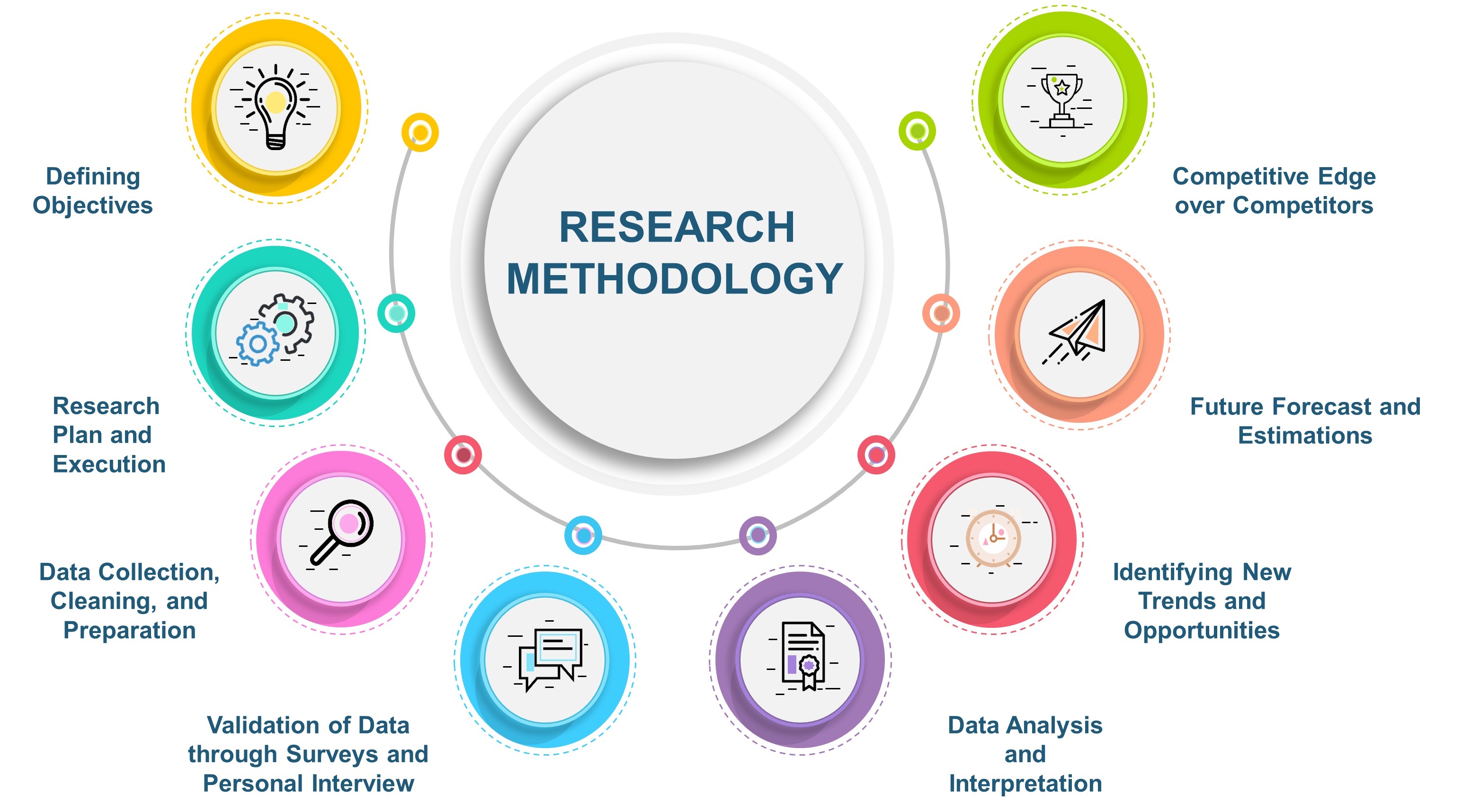
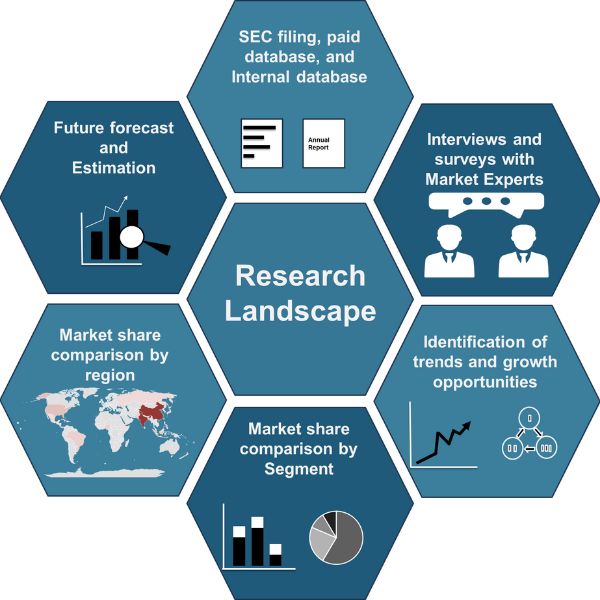

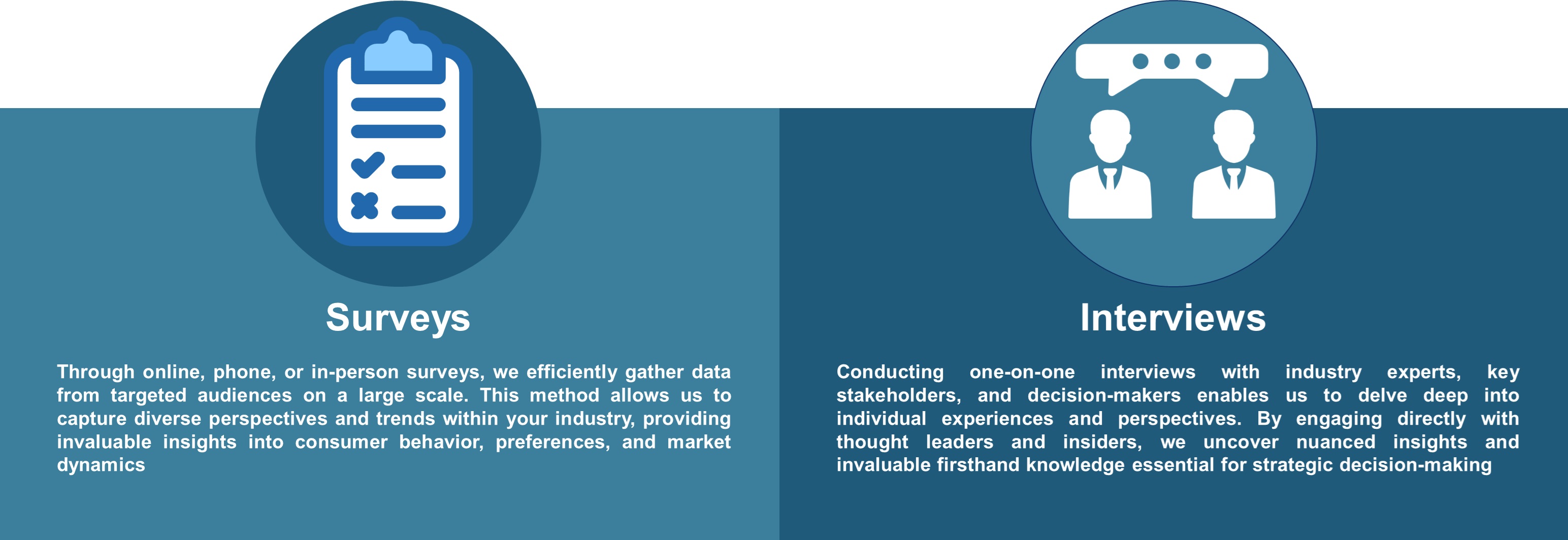



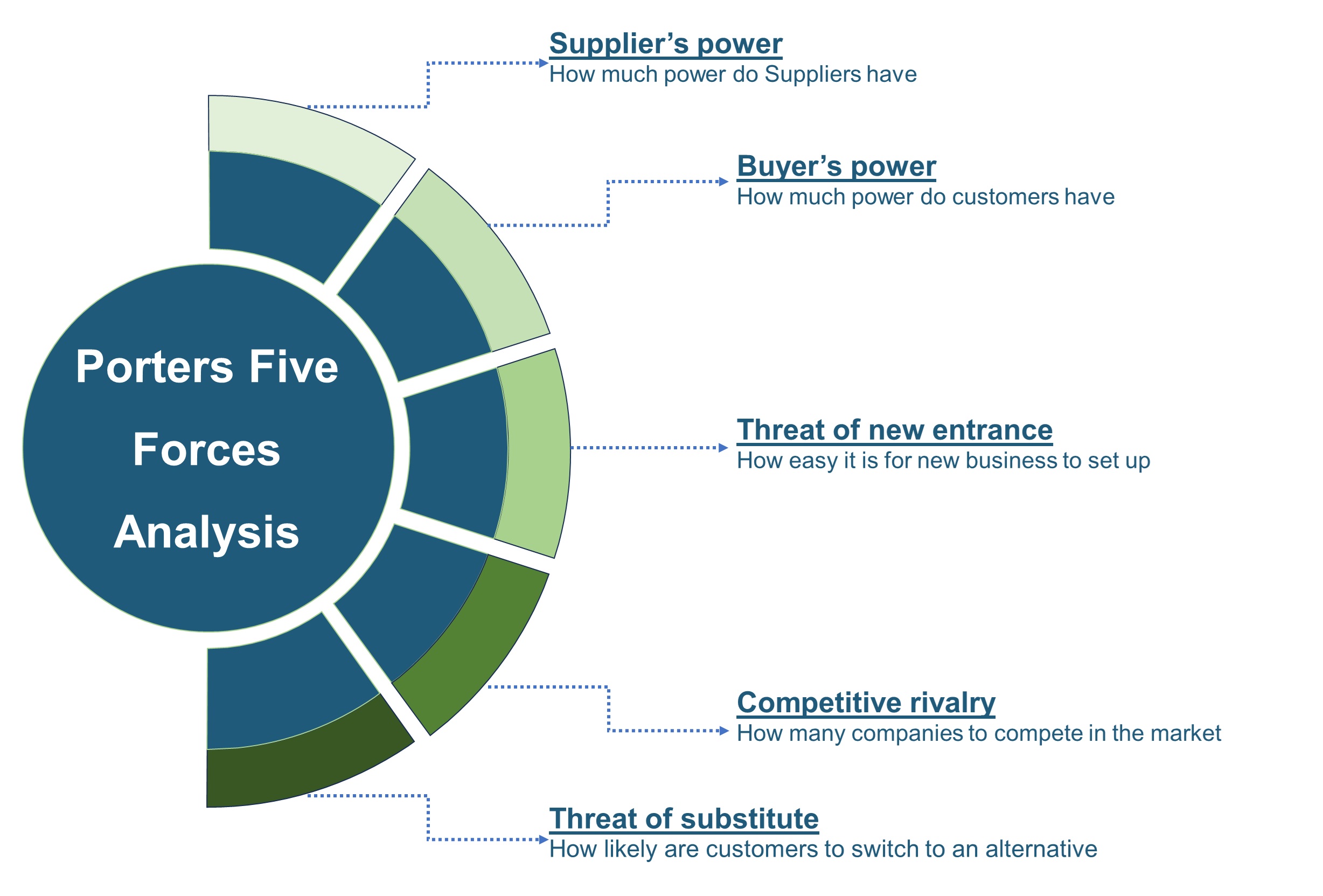

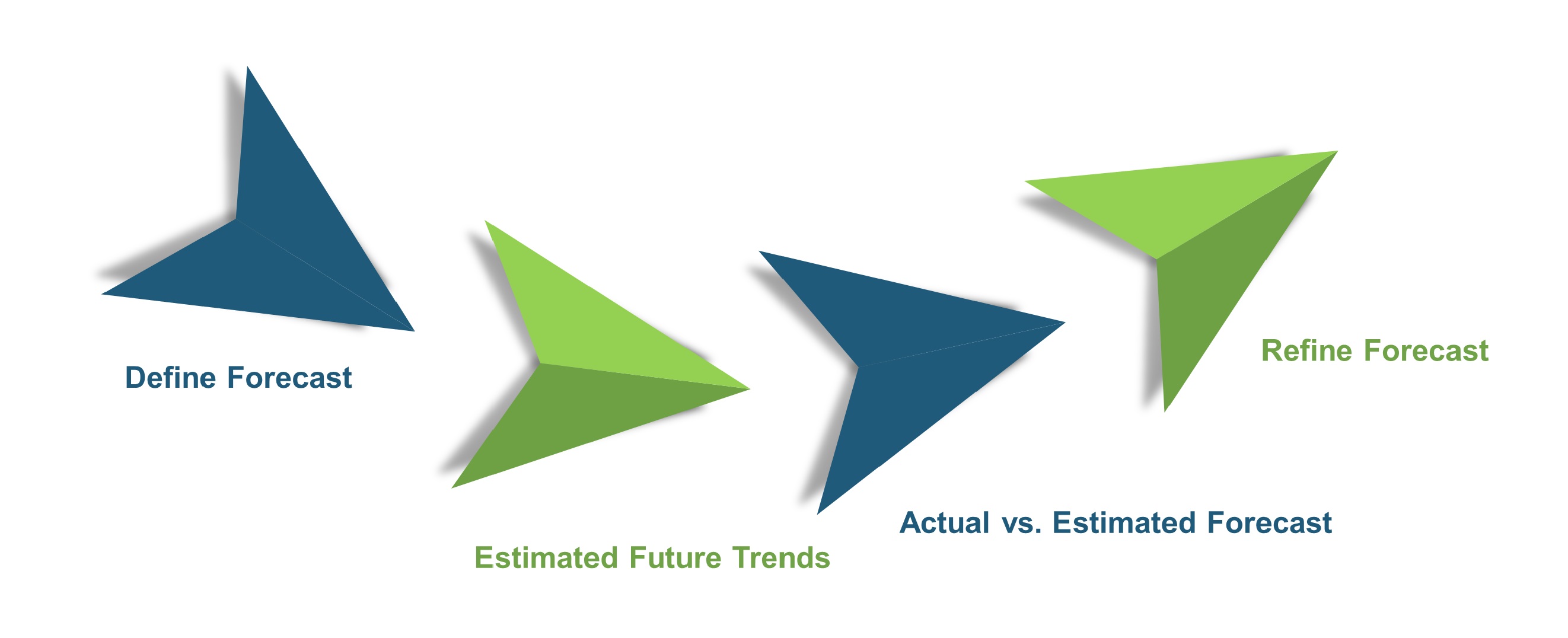
 Speak to Our Analyst
Speak to Our Analyst



